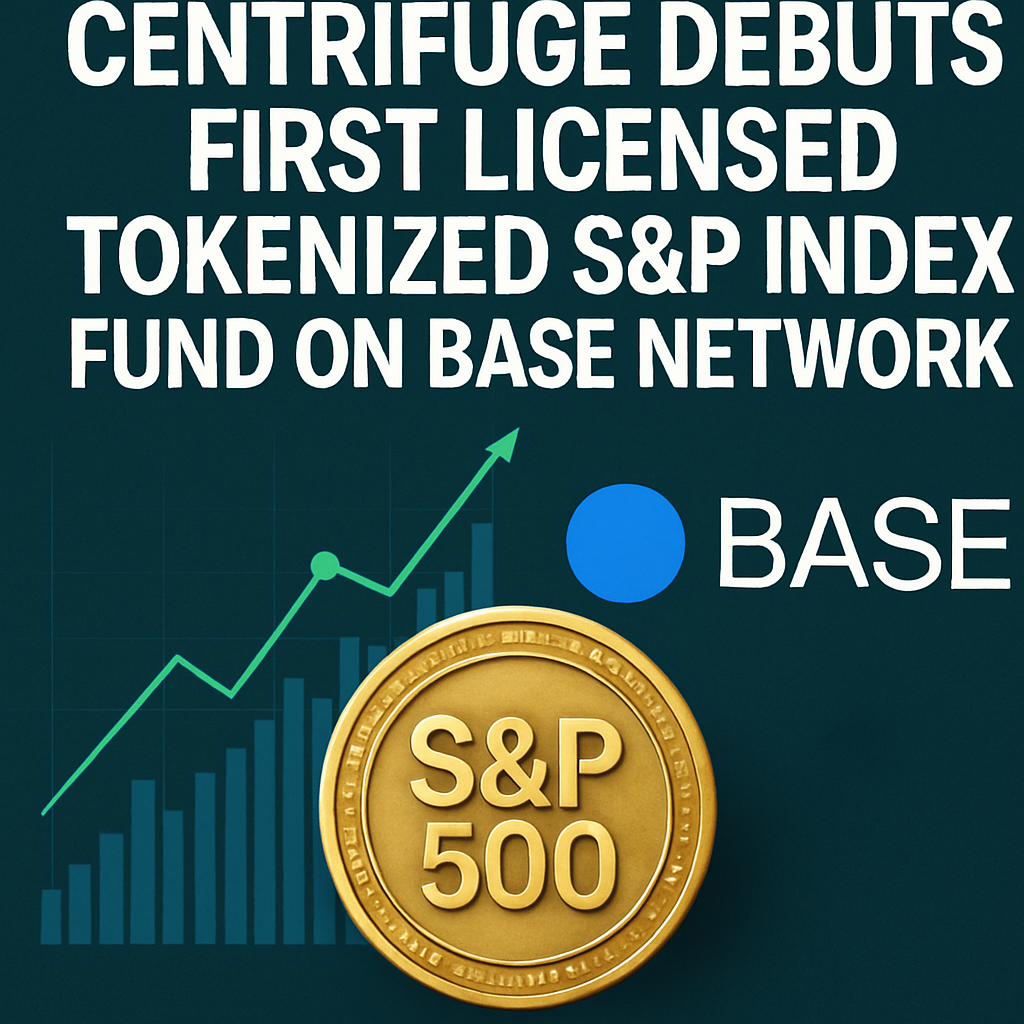Real-world asset (RWA) specialist Centrifuge introduced the Janus Henderson Anemoy S&P 500 Fund (ticker SPXA), marking the first tokenized S&P 500 index fund licensed by S&P Dow Jones Indices. The offering launched on Base, Coinbase's Ethereum layer-2 network, enabling continuous, permissionless trading of shares in a basket representing the 500 largest U.S. companies by market capitalization.
SPXA is structured to mirror the composition and weighting methodology of the traditional Janus Henderson Anemoy S&P 500 Fund, with portfolio holdings held in a custodial trust and periodically audited to ensure on-chain representations remain aligned with off-chain assets. The fund employs wrapped token mechanisms and on-chain proof protocols to deliver verifiable asset backing while preserving settlement finality and composability within decentralized finance ecosystems.
Janus Henderson, a global asset manager with over $500 billion in assets under management, fulfills the role of sub-investment manager. Anemoy, Centrifuge's asset management arm, oversees token issuance, smart contract governance, and compliance procedures. Anchor investors such as a leading digital asset broker participated in the initial capital raise, securing $25 million in SPXA tokens during a capped sale preceding public launch.
Wormhole, a cross-chain messaging protocol, is integrated to facilitate SPXA expansion onto additional blockchain networks. Through standardized cross-chain bridges, SPXA holders may transfer shares seamlessly between EVM-compatible and non-EVM environments, broadening accessibility and liquidity options.
Centrifuge has built a track record in tokenizing private credit assets and fixed-income instruments since 2017. The SPXA fund represents Centrifuge's inaugural foray into equities tokenization, leveraging established index infrastructure and regulatory licensing to bridge traditional index investing with blockchain market efficiencies.
Industry analysts project that tokenized index funds could unlock incremental liquidity of $1 trillion in the next five years, as institutional allocators incorporate programmable asset strategies into multi-asset portfolios. Proponents highlight benefits such as 24/7 trading, fractional ownership, and on-chain composability with decentralized derivatives and yield protocols.
The SPXA launch underscores a trend toward bringing familiar financial instruments on-chain. Tokenization advocates suggest that index products offer a clear path for mainstream adoption of digital securities, mitigating fragmentation risks associated with single-asset tokens. Observers anticipate that additional index families, including global equity and fixed-income benchmarks, will follow suit over the coming year as regulatory frameworks mature.
.
Comments (0)